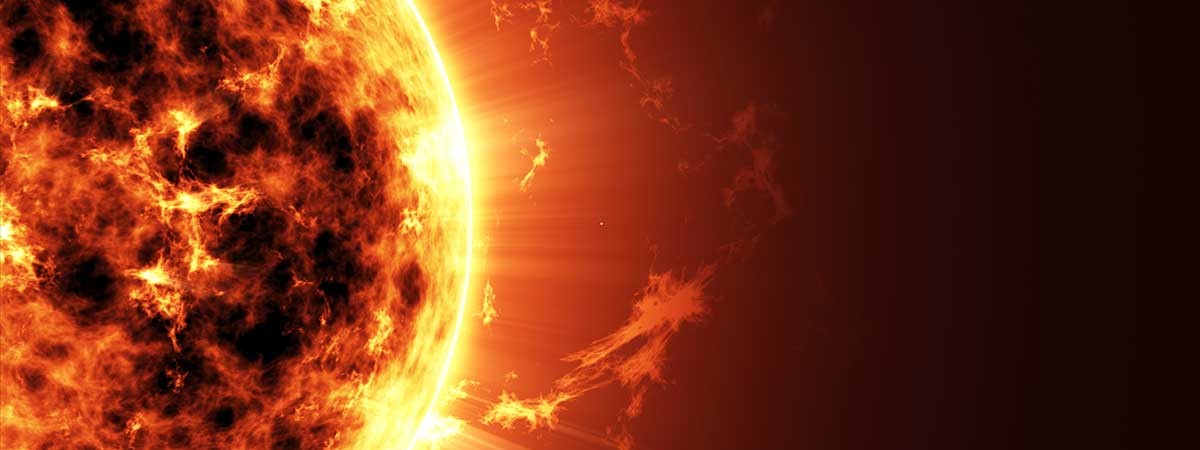When hydrogen atoms are converted into Helium, vast amounts of energy are released. This process does not produce greenhouse gases or endlessly radioactive waste. Neutron bombardment only produces minimal radioactivity in certain metal components of the system, which can be easily controlled by technical means.
A solution to one of humanity's problems?
Successfully harnessing this energy source could solve some of humanity's most pressing problems in one fell swoop – and much of humanity is playing a part in this project: the EU and Switzerland, the USA, China, South Korea, Japan, Russia, and India have come together in a rarely seen globally cooperative effort. It was initiated by Presidents Mikhail Gorbachev and Ronald Reagan in an era that now seems distant. Cadarache in southern France was selected as the location for ITER (which means "the way" in Latin).Fusion fuels the sun. On Earth, this reaction takes place at temperatures even hotter than that of the core of our central star: 15 million degrees Celsius. No earthly material would withstand these temperatures, which is why the fusion material – a hydrogen-helium plasma – is suspended by an extremely strong magnetic field. The reaction takes place in a vacuum chamber. Upon its completion, it will be the largest in the world. It consists of nine 500-ton segments.
Testing for leaks in the chamber segments
Before they are assembled, they will be checked for leaks. This also takes place under vacuum. Busch supplied two powerful vacuum pumps for tests to ITER. In the future, a large number of powerful vacuum generators will be required to evacuate the entire vacuum chamber. The reactor is expected to be completed in 2025, after which the test runs will begin. Plans are to begin running the self-sustaining fusion reaction in 2035.The extremely powerful magnetic field that will suspend the hot plasma will be generated by superconducting coils. They need to be cooled to a few degrees above absolute zero. To maintain this other extreme temperature, they are contained within a cryostat – an insulated vacuum chamber with a diameter of 29 meters.
